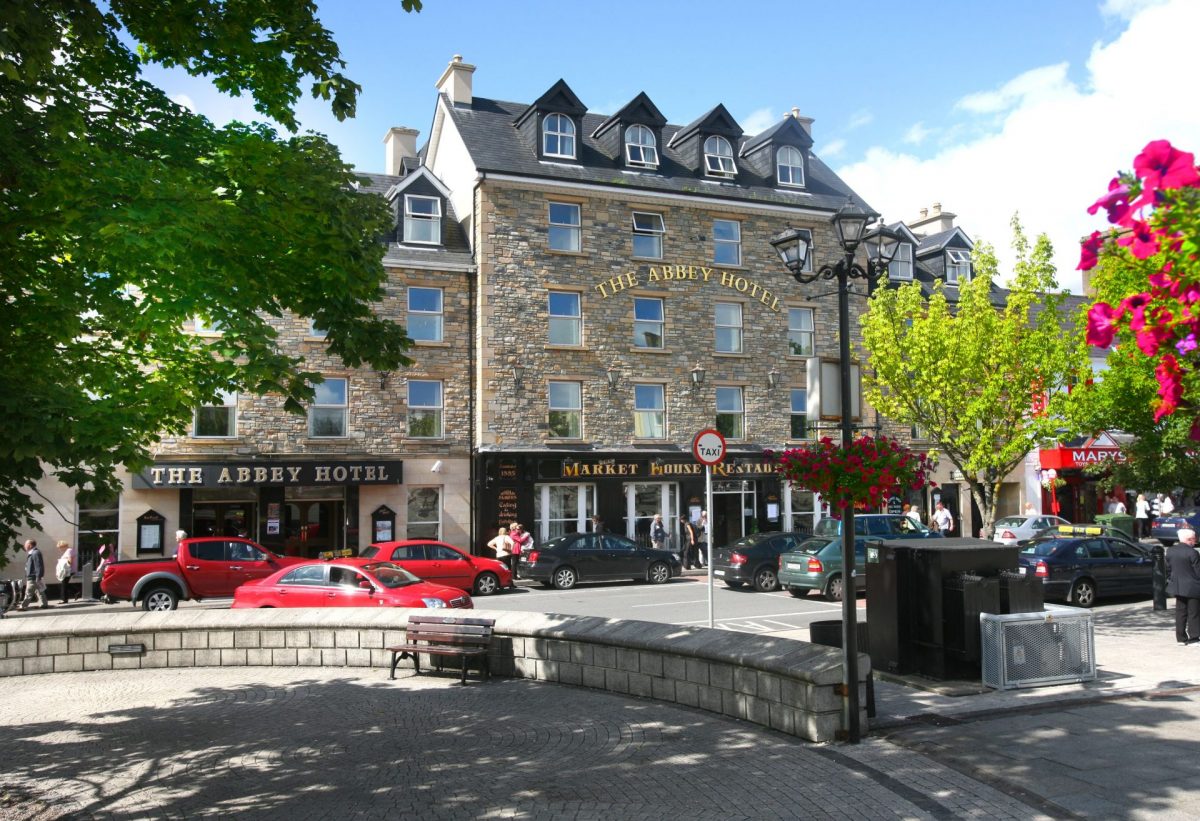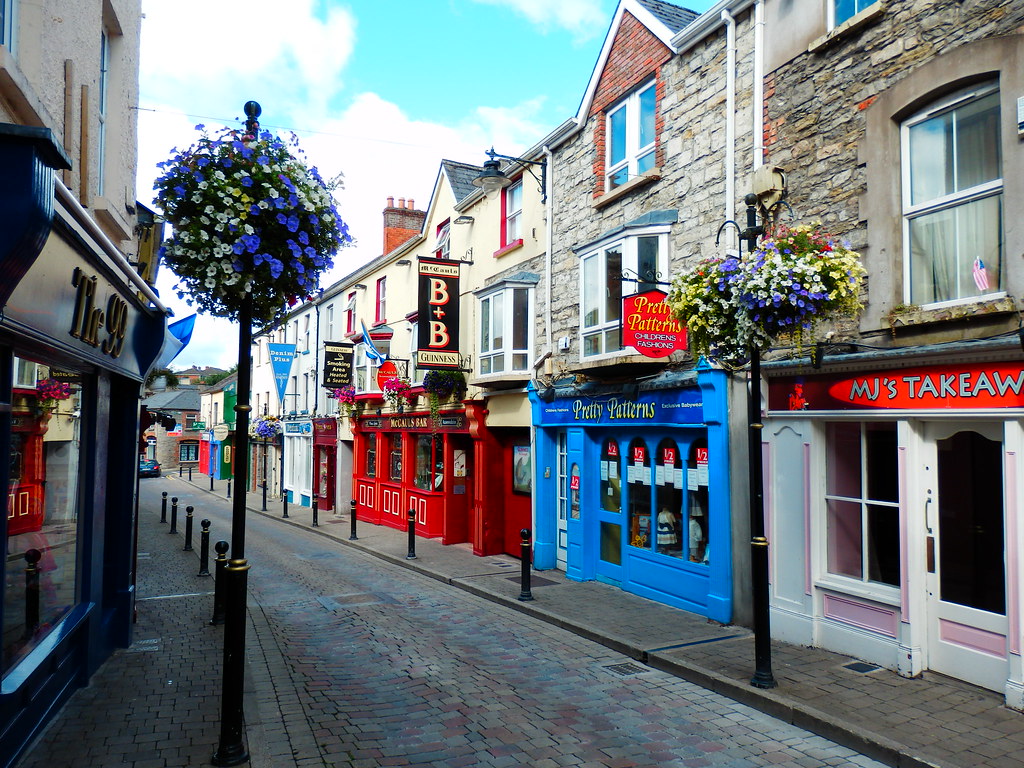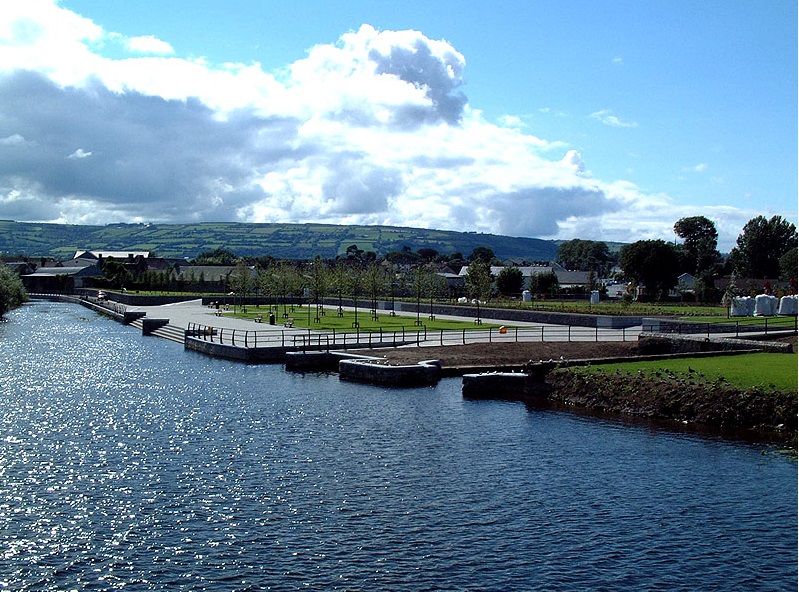Carlow is a County Town nestled in the corner of Ireland that has long been inhabited way before recorded history, a proof of which is the one-of-a-kind Brownshill Dolmen. It is a Neolithic portal tomb located on the edge of Carlow topped with an enormous granite capstone that is said to be the heaviest found in Europe.
During your stay in the town, you can arrange outings to the noble estates on its outskirts such as Duckett’s Grove that boasts of the otherworldly ruins of the Gothic Revival house that was burnt down back in 1933.
Despite not being focused on tourism, Carlow has such a unique charm, particularly on River Barrow banks and the old center with its rows of Georgian homes at Burrin and Montgomery Streets. From about the same time, there is also a courthouse constructed similar to an ionic temple and a prominent Gothic Revival cathedral.
Read on below to get a quick tour of some of Carlow’s most remarkable gems:
Brownshill Dolmen
The Brownshill Dolmen is a notable piece of prehistoric engineering. It is an Irish National Monument that remains to be an outstanding local waymarker.
This is a megalithic portal tomb estimated to be 6,000 years old and used for approximately 2,500 years. There is a humungous granite capstone on the structure’s roof weighing over 100 tons, the heaviest found in Europe.
During the construction of the dolmen, an earthen mound must have covered the whole structure with the gatestone blocking the entrance staying in place.
Brownshill Dolmen still exudes a certain mystique since it never underwent an official excavation.
Carlow Cathedral
The cathedral of Carlow is its enduring landmark that was sanctified in 1833 and easily identifiable thanks to its magnificent Neo-Gothic lantern and spine.
With a height of 46 meters, Thomas Cobden, the Gothic Revival pioneer, designed the cathedral that took inspiration from Belgium’s Belfry of Bruges.
The spire and façade are made from an astonishing blue-grey stone source from the quarry on Carlow-Tullow Road. Colonel Bruen, the owner of the nearby Oak Park estate, was the one who supplied the oak used for its great framed roof.
The cathedral was made as a dedication to Dr. James Doyle, the former Bishop of Leighlin and Kildare, who died in 1834. A man named John Hogan designed and carved his marble memorial statue in 1839 in Rome.
Duckett’s Grove
The Duckett family was literally the lord of the countryside of Carlow to the eastern side of the town for over three centuries.
Their estate covered 8,000 hectares, with John Davidson Duckett ordering a Gothic Revival castellated residence during the first decades of 19th century. It was in 1908 when the last male in family died and a fire later gutted the house in1933. There were practically no damages on the walls decorated with bartizans, turrets, window traceries, and castellations.
Other notable locations in Carlow include Carlow County Museum, Carlow Castle, Carlow Courthouse, VISUAL Centre for Contemporary Art, Delta Sensory Gardens, Oak Park Forest Park, Huntington Castle, County Carlow Military Museum, Chocolate Garden of Ireland, Rancho Reilly, Milford Mills, and Walsh Whiskey Distillery.










